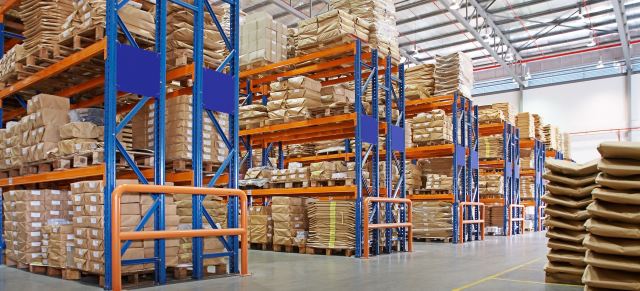While researching online for some blog post ideas, I came across a great article from Newsweek, written back in 1995. The author of the article was predicting that among other shortcomings of the Internet, it could never realistically support activities such as booking airline tickets, reserving restaurant tables, or buying products online.
Famous Last Words
At that time, I’m sure the article’s author would have been only one of many people forecasting that ecommerce would be a fad, soon to fade into obscurity. Today though, I’m sure those same people have all dined on their own words many times over.
The impact of ecommerce has been profound and nowhere more so than in the supply chain world. Not only has Ecommerce supersized the shopping environment, it appears to have supersized the supply chain too–in more ways than one.
Coming Soon: Supersized Supply Chain Warehouses

Take warehouses for example. As we highlighted in our recently published Australian Supply Chain Report, the demand for warehouse space in Australia is forecast to increase, particularly in Brisbane, Melbourne and Sydney.
What we didn’t mention in the report is that the size of warehouses looks set to increase exponentially over the next few years, in response to a growing volume of imports and the boom in e-tail shopping. Supersized supply chain warehouses will become the norm, as multi-channel distribution creates the need for larger sheds.
The extra space is necessary to accommodate operations shipping high volumes of single-line, small-package orders. As the Panama Canal expansion inevitably leads to the arrival of the latest monster cargo vessels into Australian ports, the need for supersized supply chain warehouses will increase still further.
Within the next two or three years, distribution centres exceeding 200,000 square metres will be a common sight, although you might have to look outside city limits to see them. The sheer size of these sheds will require that they are located away from the current zones of industry in cities like Melbourne and Sydney.
Supersized Warehouses Appearing Everywhere
The imminent construction of supersized supply chain warehouses is not unique to Australia. Ecommerce is already driving a trend in giant-warehouse construction around the globe; especially as online retail behemoths like Amazon continue to expand their operations. In China, the United States, and Europe, the largest distribution centres are already approaching the 200,000 square metre mark.
For example, JD.com, China’s largest online-sales organisation opened a warehouse of 100,000 square metres in 2014 and plans to extend it to double this size. In the United States, Target’s import warehouse covers a 159,000 square metre footprint. Amazon has a number of warehouses of around 100,000 square metres and is in the process of building more.
Not Bad for a Fad
Along with supersized supply chain warehouses, ecommerce can’t be discounted as one of the drivers of increasingly larger ocean-going vessels and road-going trucks. Whichever way you look at it, online commerce is not only here to stay, but it’s getting bigger, as are all aspects of the supply chains that support it.
As articles of yesteryear can illustrate, speculation about the future can be a risky business. Instead, one can but wonder what further incredible changes are likely over the next decade or two of supply chain evolution–and especially, just how much larger it’s possible for assets like cargo ships and warehouses to become.


I I’m a hard worker l was working in warehouse picker,londing, respect